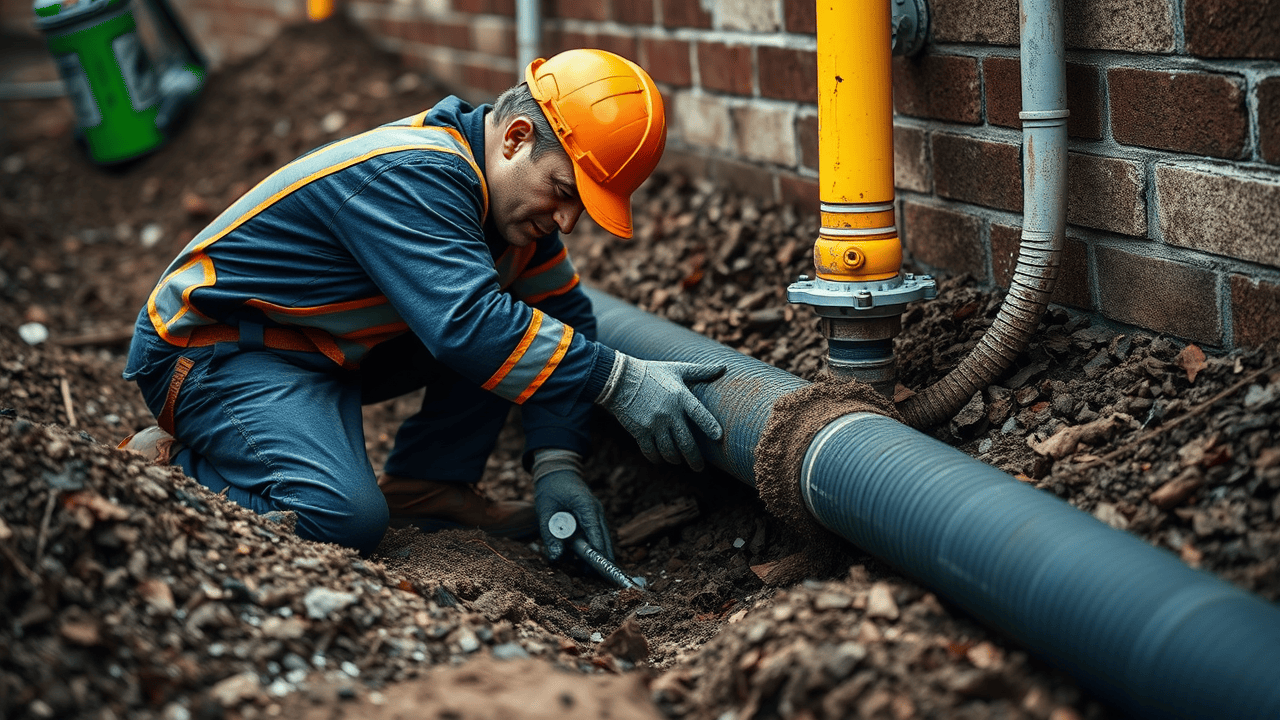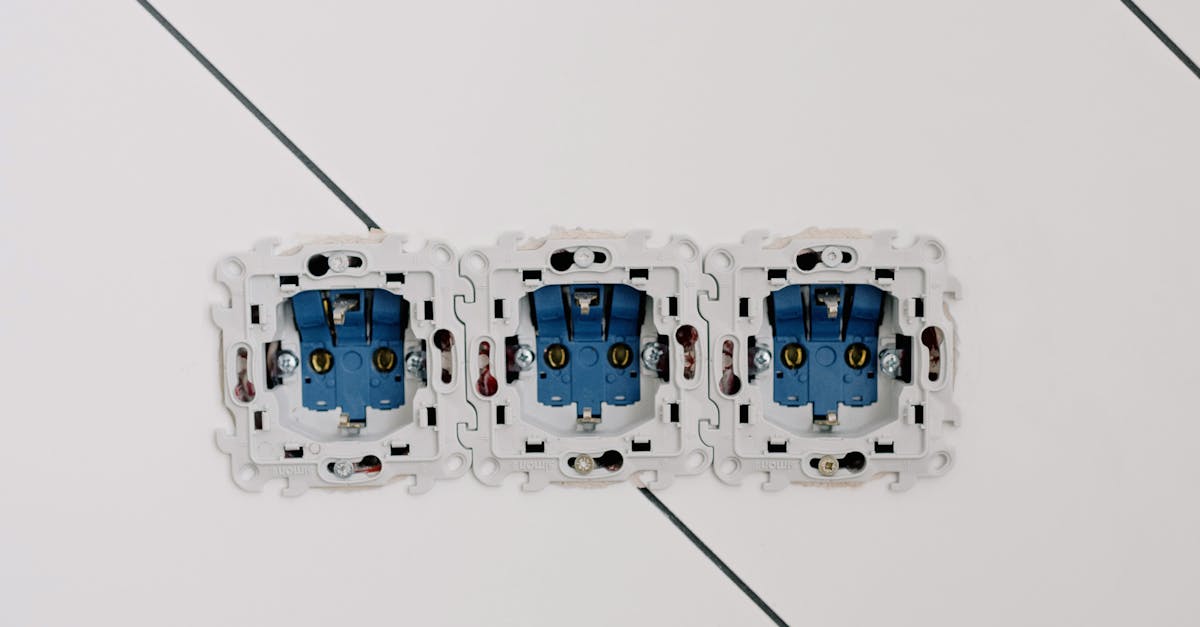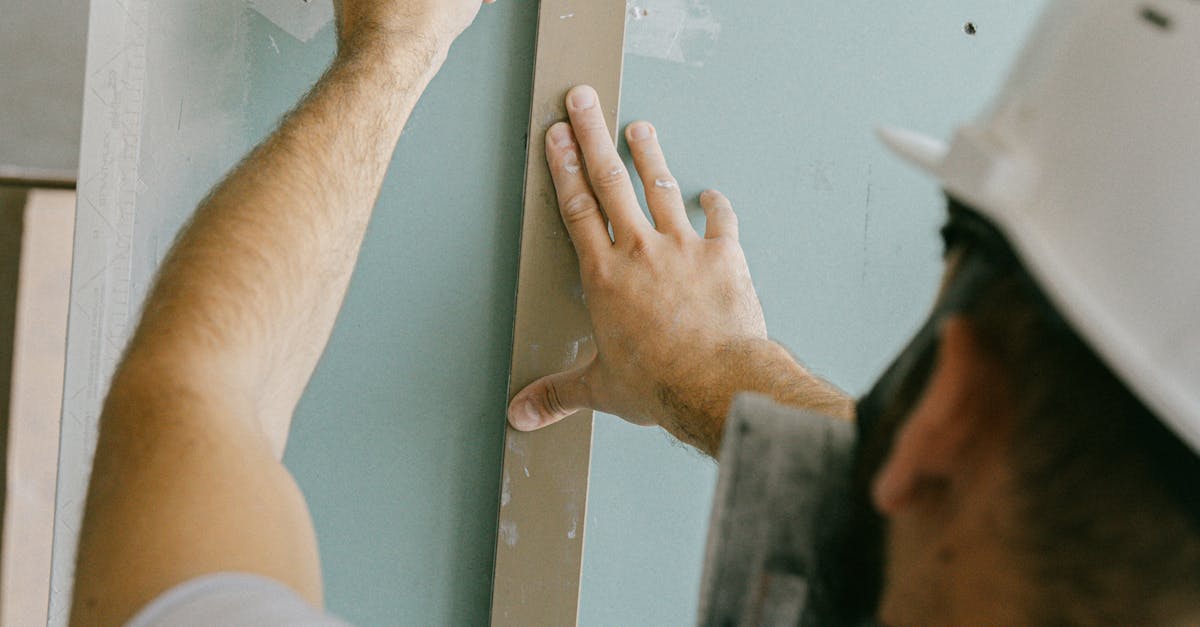
Utilizing a Drain Snake
A drain snake is a handy tool for tackling a backed-up sewer line. It consists of a flexible metal cable with a coiled end designed to break up clogs and push through obstacles. In many cases, a homeowner can successfully use a drain snake to restore flow. This method is particularly effective for tackling hair, grease, and small foreign objects blocking the pipe. Properly using the snake can save time and money, making it a popular choice for do-it-yourself fixes.
For those in need of sewer line installation and repair in Oregon, understanding how to use a drain snake can be beneficial. Start by inserting the snake into the drain and turning the handle as you push it further in. If resistance is met, continue turning the handle while applying gentle pressure until the clog breaks apart. Keeping your tools clean and the area around the drain clear will make the process smoother and more efficient. This hands-on approach allows for immediate action while assessing the situation before deciding if a professional plumber may be necessary.
How to Properly Use a Drain Snake
Using a drain snake effectively requires some preparation and attention to detail. Begin by locating the cleanout access point for the sewer line. This is typically found in your basement or outside your home. Once you’ve identified the access point, remove the cap carefully. Insert the drain snake into the opening and slowly push it through the pipe. Turn the handle of the snake clockwise to advance it further while allowing the flexible end to navigate through bends. Keep an eye on the line’s resistance; an increase may indicate a blockage.
Once you reach the blockage, pull back slightly and rotate the snake to break it up. This process might require some patience, especially with stubborn clogs. After clearing the obstruction, retract the snake carefully and clean it off to prevent dirt from re-entering the system. If issues persist, it could be time to consider professional help. Residents may find that specialized services like sewer line installation and repair Eugene, Oregon, offer the expertise needed for complex problems.
Chemical Drain Cleaners
Chemical drain cleaners can be effective solutions for minor clogs in sewer lines. These products work by using powerful chemicals to break down organic materials such as hair and grease. They are easy to use and can often be purchased at local hardware stores. However, caution is necessary, as their corrosive nature can damage pipes if used frequently or inappropriately.
While chemical cleaners might offer a quick fix, they come with potential risks. Over time, repeated use can lead to pipe deterioration and environmental concerns. Residents in areas like Eugene, Oregon should consider alternatives or consult professionals specializing in sewer line installation and repair Eugene, Oregon to avoid potential long-term damage and ensure the health of their plumbing systems.
Pros and Cons of Using Chemicals
Chemical drain cleaners can be an appealing option for many homeowners dealing with a backed-up sewer line. These products often promise quick results and can dissolve various types of clogs, including hair, grease, and soap buildup. They are readily available at most hardware stores and are often easy to use, requiring only a straightforward pouring procedure to address minor blockages. For those seeking an immediate fix without a significant financial commitment, chemicals can seem like a practical choice in the moment.
However, there are notable drawbacks to using chemical drain cleaners. These products can be harsh, potentially causing damage to pipes over time, particularly if used frequently or inappropriately. Additionally, handling these chemicals poses safety risks, as they can produce harmful fumes and skin irritations. In some cases, they may not even resolve the issue, leading to repeated applications that further exacerbate the problem. Homeowners facing persistent clogs or major issues should consider professional help, especially in areas like Oregon, where sewer line installation and repair require skilled expertise to ensure lasting solutions and prevent future complications.
When to Call a Professional
Determining when to call a professional plumber can save time and prevent further damage. If you have tried using a drain snake or chemical cleaners without success, it may be time to seek expert assistance. Persistent backups, foul odors, or gurgling sounds can indicate a serious issue. These signs suggest that the problem may be deeper within the sewer line than a simple blockage.
When you experience these symptoms, it’s essential to take action quickly. Professionals have the tools and expertise needed for thorough inspection and repair. In areas like Oregon, where sewer line installation and repair is crucial due to the local infrastructure, hiring a qualified plumber ensures work meets regulatory standards and can prevent costly future problems.
Key Considerations for Hiring a Plumber
When hiring a plumber for issues related to sewer line installation and repair, it's essential to check their credentials and licenses. Certified plumbers have the necessary training and expertise to handle complex plumbing systems, which is crucial for a successful repair or installation. Additionally, examining customer reviews can provide insight into the plumber's reliability and quality of work. Finding someone with experience specifically in sewer line work helps ensure that the problem is diagnosed accurately.
Cost is another important factor to consider when selecting a plumber. Many companies offer free estimates, allowing you to compare prices and services before making a decision. It’s wise to ask about warranties or guarantees on the work performed, as this can indicate a plumber’s confidence in their craftsmanship. For residents in need of sewer line installation and repair in Oregon, choosing a local service can facilitate faster response times and familiarity with regional plumbing codes.
FAQS
What are the common causes of a backed-up sewer line?
Common causes include tree root intrusion, buildup of grease and debris, broken or collapsed pipes, and foreign objects blocking the line.
How do I know if my sewer line is backed up?
Signs of a backed-up sewer line include multiple drains in your home backing up, gurgling sounds in the plumbing, sewage odors, and water pooling around sewer cleanouts.
Is it safe to use chemical drain cleaners for a backed-up sewer line?
While chemical drain cleaners can be effective, they can also be harsh on pipes and may not address the underlying issue. It’s important to weigh the pros and cons before use.
How often should I have my sewer line inspected?
It’s recommended to have your sewer line inspected every 1 to 2 years, especially if you live in an area with older plumbing or large trees nearby.
When should I attempt to fix a backed-up sewer line myself versus calling a professional?
If the issue is minor and you’re comfortable using tools like a drain snake, you might try fixing it yourself. However, if multiple drains are affected, or if you encounter significant blockages or damage, it’s best to call a professional plumber.


